Sometimes it feels like acceptance and dispersal of renewable energy technologies has taken a lifetime. Because it has. In the hippie-flavored 1970s, thousands of people tinkered with hundreds of potential technologies like this umbrella-powered truck. From the confusion emerged a very few that could be scaled up enough to make a dent in the fossil fuel juggernaut, and of these, governments began to encourage a much smaller subset.
Wind power seemed ideal. It tapped a natural phenomenon so eternal and ubiquitous that, like the boreal forest or the sun, it appeared inexhaustible. The resource was free and could not be privately owned. All that remained was to design, build, install and use the infrastructure that would save us all from civilization’s collapse while maintaining the lifestyle to which we are not so much accustomed as addicted. But is it as shiny as it looked?
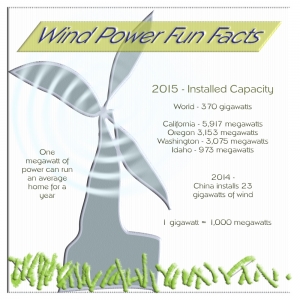 [/media-credit]
[/media-credit]
Based on its attributes, wind power burgeoned globally to about 370 gigawatts in 2015. The Pacific Northwest and California tend to be a bit smug about their progressive environmentalism, but surprisingly, California lags far behind Texas in wind energy production. Oregon and Washington are 6th and 7th, respectively and Idaho trails at 17th in the nation.
Are the States Right?
The U.S. doesn’t have a coherent policy with respect to renewable sources of electricity generation. It does have the goal of reducing electricity’s carbon emissions. Implementation of the federal goal remains in partial limbo owing to political machinations, but since states regulate utilities, they are free to move ahead. California leads the policy pack, aiming to have one-third of its electricity generated by renewables by 2020. Oregon’s Renewable Portfolio Standard (RPS) requires large utilities to produce 25 percent of their power from renewable sources by 2025; small utilities must produce 10 percent, and the smallest, 5 percent. Washington’s standard requires all utilities serving more than 25,000 customers to have 15 percent renewable sources by 2020.
So far, so good. Oregon utilities have “demonstrated compliance” with the 10 percent RPS requirement for 2015, says Diane Broad, a policy analyst with the Oregon Department of Energy. Wind comprises about 84 percent of the renewables registered under the Oregon standard, and the vast majority of wind projects are in or near the Gorge.
“It’s no mystery why we have almost all of our wind built in the Columbia River Gorge,” says Broad. “We have a fluid wind resource, but we also had an incredibly robust transmission system already in place. There are other areas in Oregon where we have better resources than the Gorge, but there’s no transmission there. So overall costs and benefits to ratepayers it made sense for wind to be the resource of choice. It’s the lowest cost per kilowatt-hour delivered.”
It Takes All Kinds
As we noted in The Grid You Thought You Knew, distributed sources of power are the future of electricity. Planners expect power suppliers will be a mix of large utilities and small businesses. One example of the latter is Ormand Hilderbrand’s 9 MW PáTu Wind Farm in Wasco County. He built it on his family’s dryland wheat farm at Klondike southeast of Rufus. PáTu’s six-turbine operation is dwarfed by PGE’s 450 MW Biglow Canyon Wind Farm to the north and the independent 845 MW Caithness Shepherds Flat project.
But Hilderbrand is happy to share the field with these larger players.
“I could not have done my project without the large projects being established,” Hilderbrand says. “They provided the techs, the cranes, the manpower that I was able to piggyback on for my project. You need to have both.”
Hilderbrand sells PáTu’s power to PGE, but he believes large utilities would prefer to control both power generation and distribution. They only buy energy from small producers only because they are required to by law. He credits the Oregon Department of Energy with leveling the playing field and encouraging small producers around the state.
Power Out Money In.
Most of the wind power generated in the Gorge is shipped elsewhere. Most Gorge residents are using hydro power from Bonneville Power Administration dams. But, says Broad, even if their power is exported, wind projects “have contributed substantially to the tax base” for the hosting counties. For example, according to a 2004 report by the National Conference of State Legislatures, two wind projects in Umatilla County paid nearly $900,000 to the county in 2002. Most of the money goes to the school district and the rest to county administration, fire districts and the like.
Another potential benefit is that a property owner could lease their property for turbine placement. The ‘going rates’ range from about $2,000 – $10,000 per turbine per year, according to www.WindLibrary.com. Payments to landowners may also include easement fees, royalties, one-time expenditures, and a variety of other sorts of compensation, depending on the lay of the land, the size of the company, the project, and the turbines themselves.
There’s widespread interest in making the Columbia River region a stronghold for renewables. Hilderbrand is involved with the Community Renewable Energy Association, a group of counties, irrigation districts, Columbia Gorge Community College, and small energy producers. It hopes to foster small projects. The group supports Oregon’s RPS program. “We don’t care if they’re wind, solar, hydro or biomass,” Hilderbrand says. “We’re seeing this shift to this distributed generation in many areas.” There is also a ‘green’ booster group called the Columbia Gorge Bi-State Renewable Energy Zone comprising the counties lining the Gorge on both sides of the river; its goal is “to establish a regional economy based upon sustainable environmental practices.”
All that Glitters
Of course all energy sources tend to look less shiny on closer inspection, and wind is no exception. The laws of thermodynamics are always exerting their inexorable influence in the background, and they dictate that there’s no such thing as a free megawatt. But how costly is a wind megawatt?
Manufacturers guarantee about a twenty-year lifespan for a wind turbine. Take just one component: the blades. Most blades are made from composites including wood and fiberglass, with the goal being the lightest possible weight that can withstand the stresses that wind exerts on the parts. Those stresses can be considerable, says Broad, but turbines and blades often function significantly longer than two decades, and some are even refurbished and put back into service. Blades very rarely fail altogether, but it is sometimes more cost effective to trade an old turbine out for a new one owing to the increased efficiency of newer models.
It’s relatively easy to calculate the cost of mining, processing, manufacturing, transporting and assembling a wind turbine and its tower. A recent life cycle analysis of two typical wind towers and turbines found that 78 percent of the environmental impact of wind turbines occurs in the manufacturing phase and the tower has the highest environmental impact of any component because of its material, steel. At the end of a tower/turbine’s useful life, 90 percent of the metals can be recycled, while concrete and fiberglass will end up in landfills and the oil, plastics and rubber will likely be incinerated.
According to the Union of Concerned Scientists, wind installations have a low carbon footprint, emitting about 0.03 pounds of carbon dioxide per kilowatt hour generated, compared to 0.6-2.0 pounds for natural gas-generated electricity and 1.4-3.6 pounds for coal-generated power. Importantly – especially if we’re facing long-term drought – wind farms don’t have any water footprint to speak of, unlike hydro and nuclear.
And they do produce a net amount of energy. “It takes somewhere on the order of six-ish months for a tower to produce as much energy as it took to make,” says Ted Brekken, an electrical and computer engineering professor at Oregon State University. But in terms of money, it takes a quarter to half the lifetime of the turbine to break even on the financial investment, Brekken says.
It’s curiously difficult to find a figure for how much energy must be expended to produce a given quantity of wind power. Why do wind farms need energy? A wind farm needs power to: start the turbines in low winds, keep the vanes at optimal temperature and spinning smoothly under various weather conditions, and, Hilderbrand says, to run “the substation, meters, switch gears, computer servers, etc.” But just as a household electric bill  doesn’t show how many kilowatt hours were expended by the water heater, Hildebrand’s energy expenditure isn’t itemized by tower or turbine, instead it is part of ‘station service,’ that is, the energy it takes to run his whole operation. And the relationship between energy input and outflow varies with wind speed, further complicating calculations. But when all is said and done, the energy required for running the whole installation is very small, says Broad; for example, a substation for a 100 MW wind farm uses only about 0.025% of the farm?s energy output, she says.
doesn’t show how many kilowatt hours were expended by the water heater, Hildebrand’s energy expenditure isn’t itemized by tower or turbine, instead it is part of ‘station service,’ that is, the energy it takes to run his whole operation. And the relationship between energy input and outflow varies with wind speed, further complicating calculations. But when all is said and done, the energy required for running the whole installation is very small, says Broad; for example, a substation for a 100 MW wind farm uses only about 0.025% of the farm?s energy output, she says.
Wind technology clearly offers advantages: efficient energy production and low environmental footprint – if its other flaws are ignored. As is often the case, one urgent need – the imperative to minimize climate change by eliminating carbon emissions – appears likely to trump other concerns. For wind, these include aesthetic values, noise, vibration, and impacts on wildlife, particularly birds and bats. Governments have clearly chosen to support wind power as a strong alternative to hydro and fossil fuels. In an era when conservation gets very little traction, even though it’s still the best way to reduce our overall energy footprint, wind power seems to be as good a choice as any.


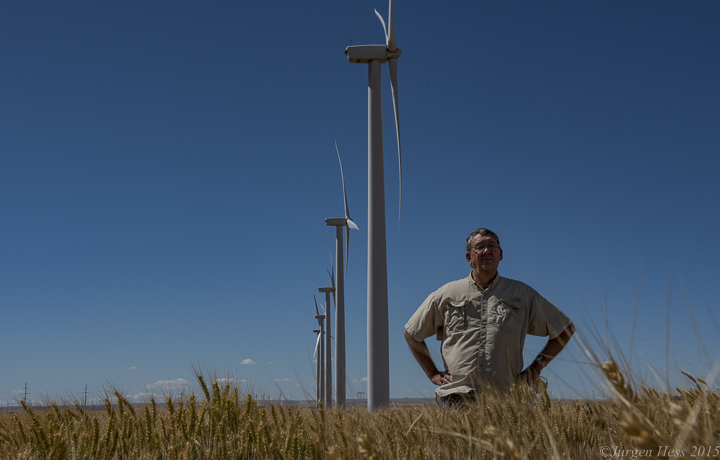



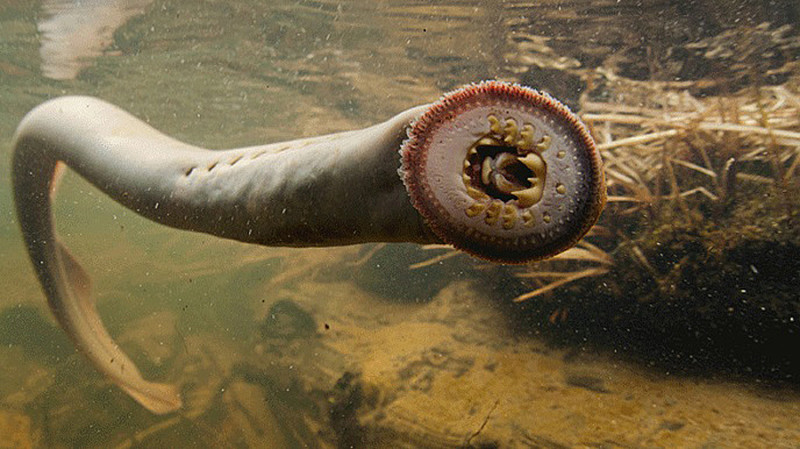
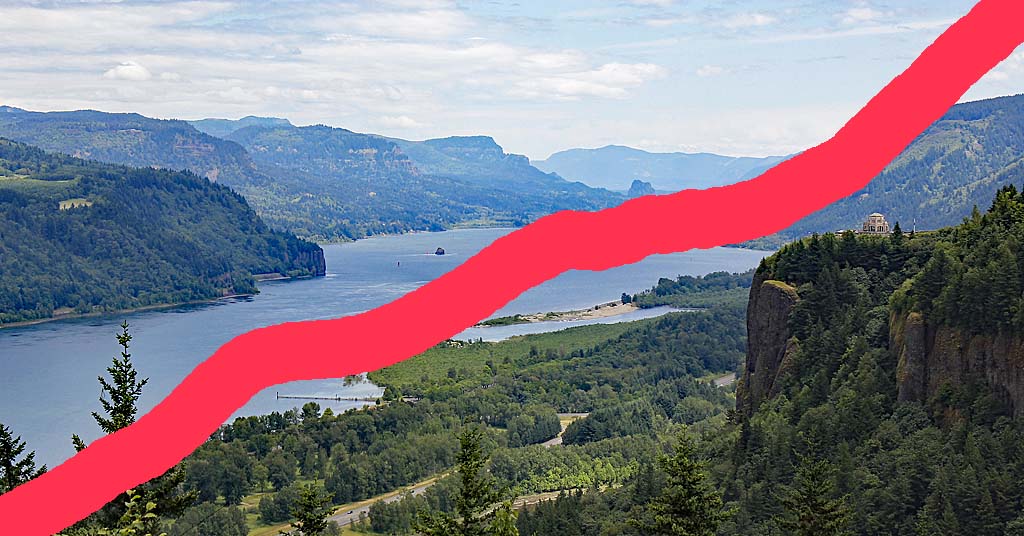
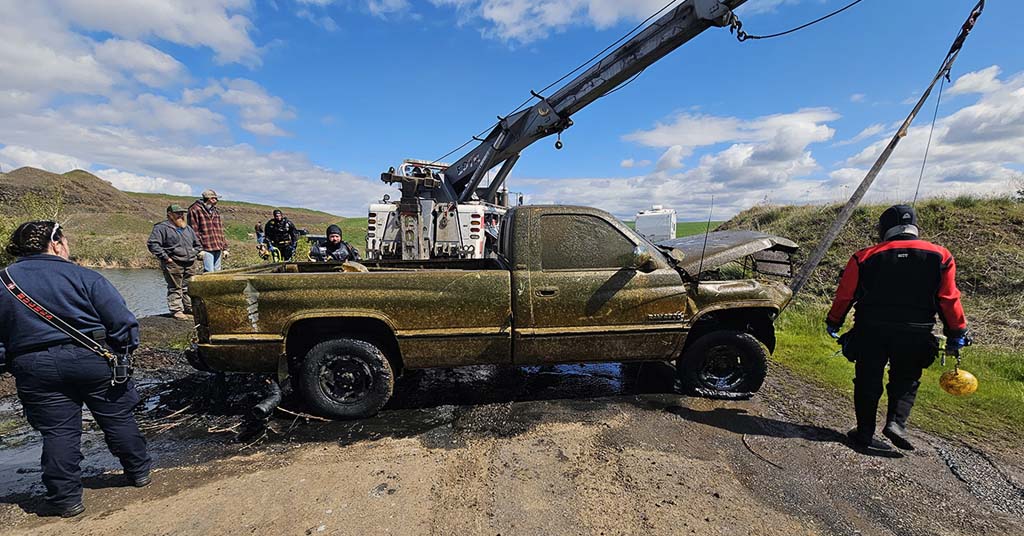
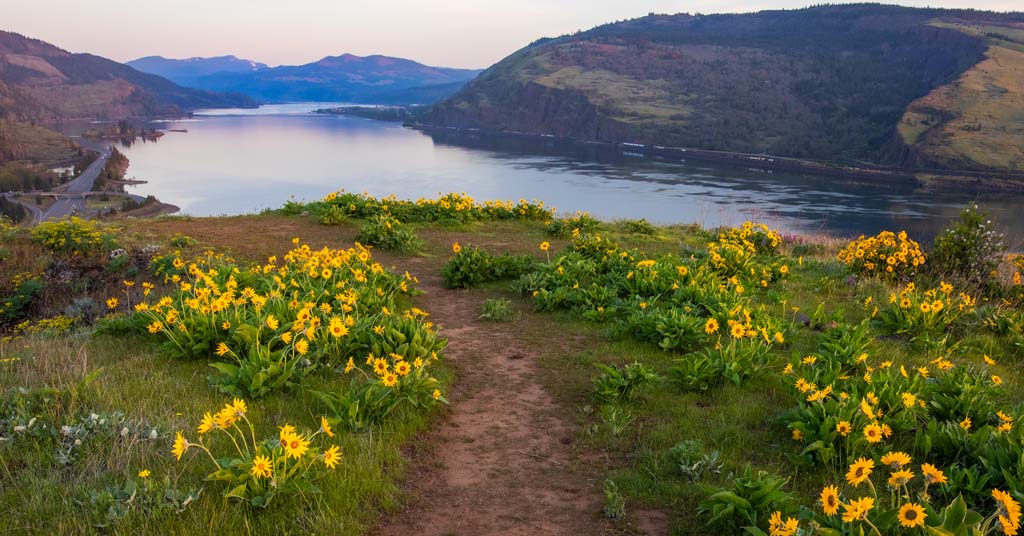
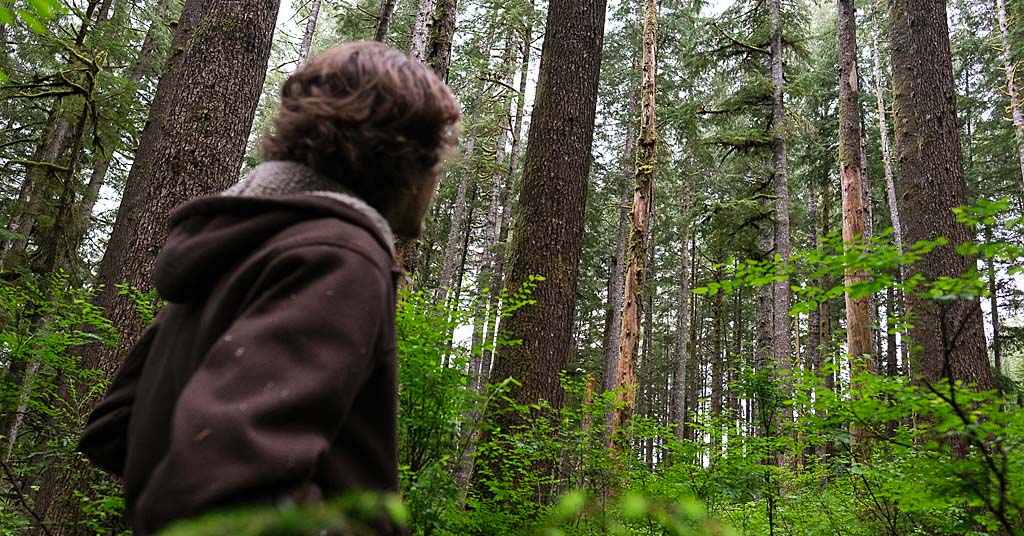



I’m sure there are differing opinions, but I find these wind generators absolutely beautiful. I was particularly struck when a train came along the Columbia River carrying literally hundreds of these feather-like wings. I had to stop and take pictures/videos.
Thanks, Scott. I think you’ve hit on a common theme.